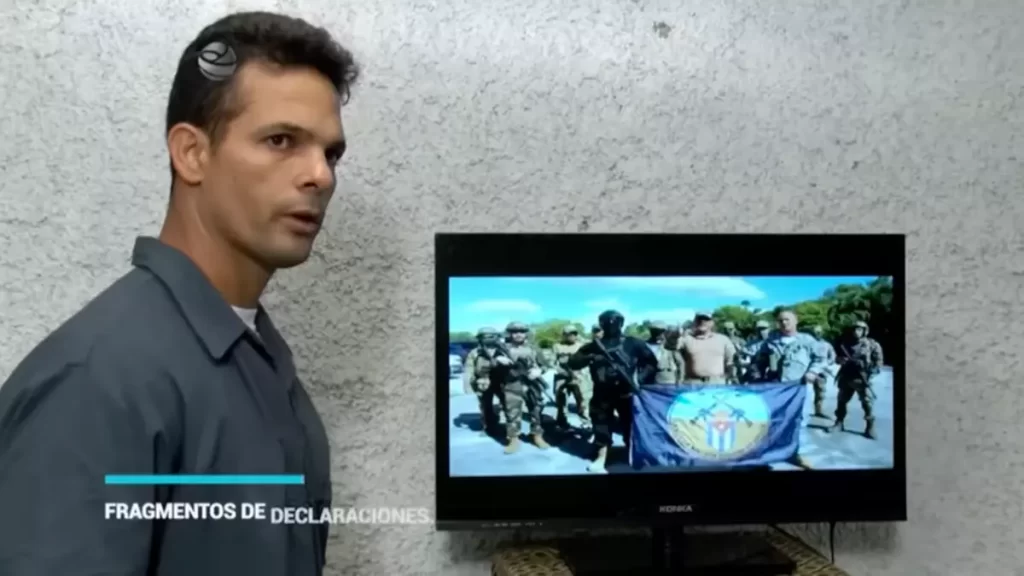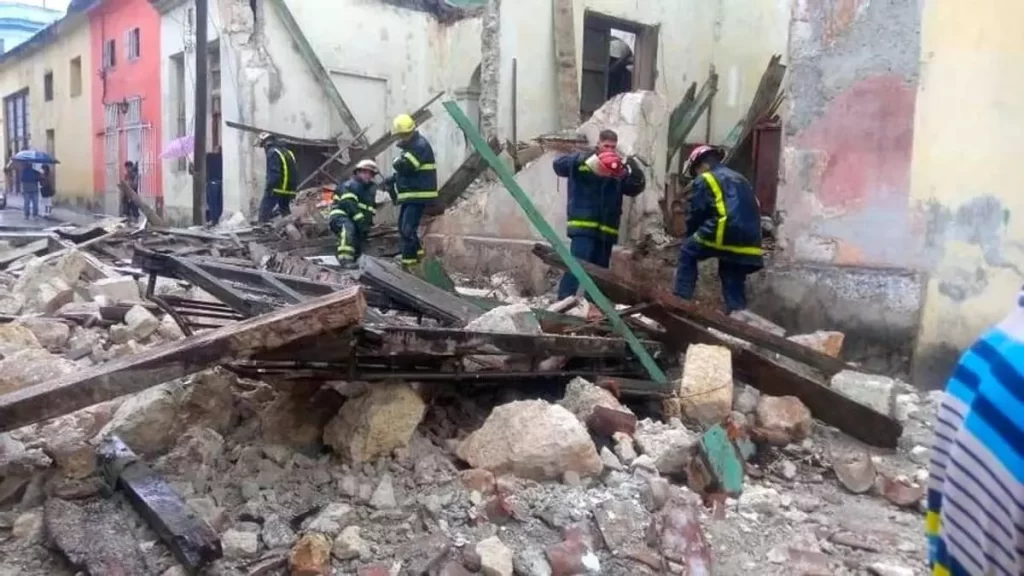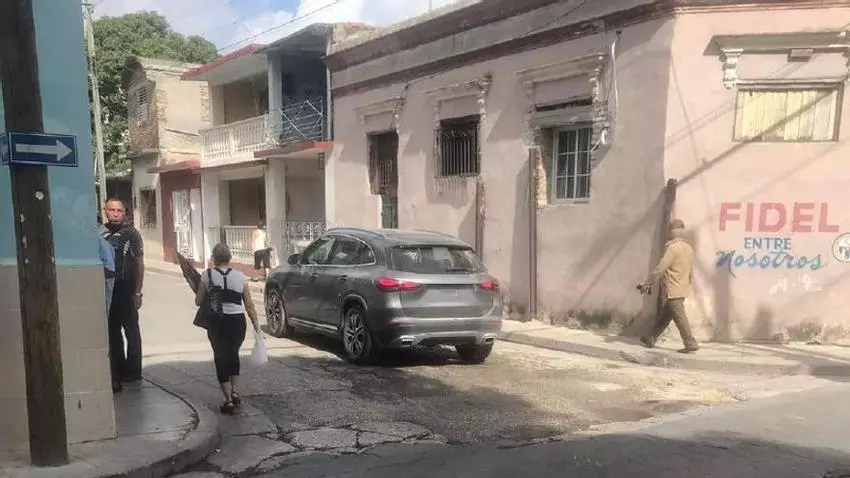President Díaz-Canel says that private businesses in Cuba “do not have” the Government’s confidence

![]() 14ymedio, Havana, July 20, 2024 — The General Controller of Cuba, Gladys Bejerano, in office for 14 years, was removed from her position, as confirmed by Miguel Díaz-Canel this Friday. The president, defending a policy of “severity,” unexpectedly announced the dismissal in a brief speech in Parliament, which held its ordinary session this week.
14ymedio, Havana, July 20, 2024 — The General Controller of Cuba, Gladys Bejerano, in office for 14 years, was removed from her position, as confirmed by Miguel Díaz-Canel this Friday. The president, defending a policy of “severity,” unexpectedly announced the dismissal in a brief speech in Parliament, which held its ordinary session this week.
Díaz-Canel stated that, after an “analysis” by the Political Bureau of the Communist Party, the change was determined as part of the “normal process of renewal of the cadres,” a euphemism to which the regime resorts when it removes a high official. In addition, the appointment of Mirian Barbán González, 48, until now the first Vice Comptroller General, as the replacement for Bejerano, 78, was approved.
“Her ethical and revolutionary behavior is an example of a communist militant for everyone,” Díaz-Canel said about Bejerano. The change takes place in the middle of a government campaign against corruption, whose most public and controversial chapter was that of the former head of Economy, Alejandro Gil, dismissed in February and whose whereabouts are currently unknown.
About Gil, Bejerano said last May in an interview with EFE, that the case felt like a “betrayal” and that the deep economic crisis in which the Island is immersed has increased corruption, because “there is a greater need” and a shortage of “everything,” although this “is not a justification.” continue reading
In recent months there has also been an unusual number of changes of senior political positions in the country
Gladys Bejerano is the last high official to be removed so far this year. In May, the Council of State of Cuba dismissed Ricardo Cabrisas as Minister of Foreign Trade and Foreign Investment, although he kept his position as deputy prime minister. With Cabrisas, there are now six ministers removed so far in 2024.
In recent months there have been an unusual number of changes of high political positions in the country, which add up to a dozen governors, deputy governors and first provincial secretaries of the Party. In most cases, the reasons for these dismissals have not been disseminated.
During his speech this Friday, Díaz-Canel also said that “many” of the more than 11,000 MSMEs legalized on the island since 2021 “did not respond to the trust of the State” and that, in this case, “law and order” will prevail. The president criticized private businesses, which have not had “the transparency that the population demands.”
The word “vagos” [bums], which continues to gain ground in the speech of the regime, was also recurrent in the president’s speech. “Zero tolerance for those who take advantage of economic difficulties to enrich themselves without contributing! Zero tolerance for the indolent, the scoundrels and the bums!” he said, a phrase that the social networks of the Presidency have turned into a slogan.
Díaz-Canel, like the Prime Minister, Manuel Marrero, spoke viciously about the MSMEs during the sessions of Parliament. He stressed that the Government will act against “lack of control, illegalities, tax evasion, speculation and fraud, wherever they come from.” Similarly, he clarified that these actions do not mean “a witch hunt against private businesses,” an expression that he has repeated several times during the meetings.
Marrero stated that the State has lost control of 2 billion dollars that is circulating in irregular activities
Last Wednesday, Marrero stated that the State has lost control of 2 billion dollars that is circulating in irregular activities, such as the connection between the private sector and the informal foreign exchange market, which individuals access to be able to import their products. In this regard, Díaz-Canel denounced that “a good part” of the small private companies “have been dedicated to the commercialization of imported products, which, although they solve some immediate shortages for the citizenry, do not contribute to the development of the country.”
Translated by Regina Anavy
____________
COLLABORATE WITH OUR WORK: The 14ymedio team is committed to practicing serious journalism that reflects Cuba’s reality in all its depth. Thank you for joining us on this long journey. We invite you to continue supporting us by becoming a member of 14ymedio now. Together we can continue transforming journalism in Cuba.




















